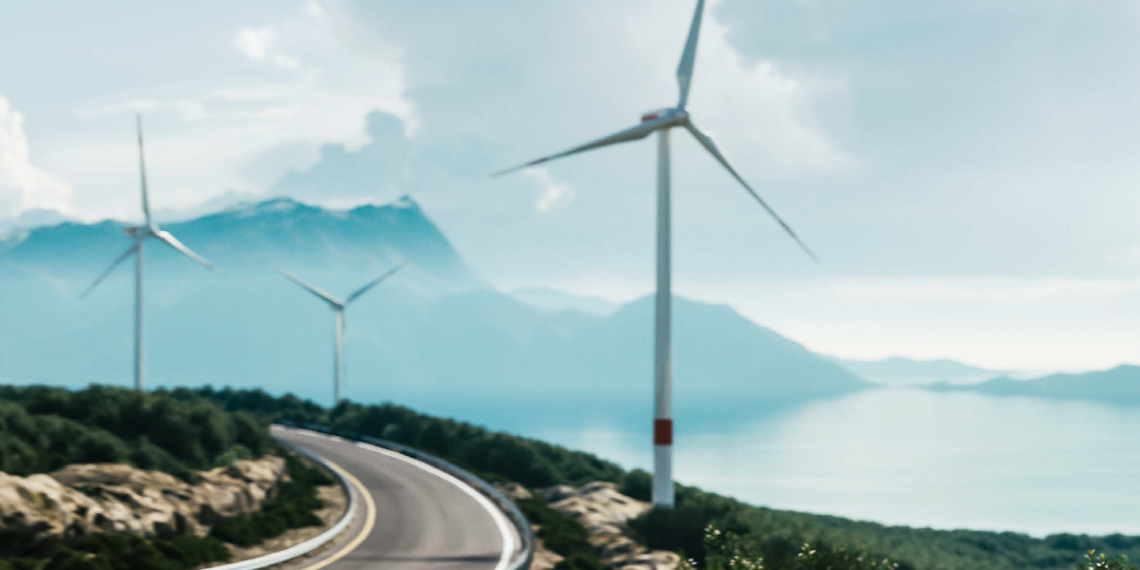Decarbonization is the theme of the day. What are some of the main commodities that you’re bullish on? And what do you think is most important to the energy transition?
Well, if decarbonization is the theme of the day, then obviously carbon credits are going to be the commodity that’s most relevant when you’re talking about offsetting the carbon footprint of our modern life. If you’re talking more generally about that transition from where we’re at today to a more decarbonized world then, copper, nickel, lithium, cobalt – will all play a very critical role in that transition.
And so what is it about the carbon credits that’s so enticing to you?
Carbon credits are really a bridge to a decarbonized future. Each credit represents a captured metric ton of carbon which is not emitted or has been sequestered
And so, it allows you to reduce the footprint of your operations, your lifestyle, whatever it is that you’re offsetting through the purchase of these credits. And, for many of the projects that are providing the carbon reduction, these credits are a vital source of funding. Without that funding, we’d have far less offsetting in play. It might not be the answer to all of the problems that we face environmentally, but carbon credits enable us to bridge to a future where the industrial processes that gives us a modern life have a less carbon-intensive footprint.
What are some of the ways in which investors or corporates can get involved?
There are different levels. If you want to be a speculator, you can buy these credits in the regulated markets in Europe, in California, and even in Canada; if you represent a company that actually wants to offset your carbon footprint, you can have consultants define what your organization’s carbon footprint is, and then buy corresponding credits and retire them.
And so that’s one angle here but, of course, the other angle, which you alluded to in the opening questions were, what are the metals that are potentially interesting as we shift to this more decarbonized world? And that, of course, comes back to copper, lithium, nickel, and cobalt. The things that allow us to harness the sun’s energy and then store it in batteries.
A lot of the discourse right now on the energy transition is around electric vehicles (EVs). What are we missing by focusing so much on this one aspect and why are EVs playing such a big role?
Well, EVs are important but, as you point out, this is just one small aspect of the much broader topic. An example of that would just be solar power batteries and suburbs. You can materially reduce the energy consumption on a household basis by capturing the sun’s energy, which is probably the cleanest and most plentiful form of energy that we can have.
So, by hyper focusing on EVs, which are important, I think sometimes the conversation leaves out a bunch of different technologies that are evolving and it also leaves out different types of metals. The reason is, to date, when we’ve talked about EVs, we’ve focused on the materials that allow for light batteries. A critical aspect of a battery is it being lightweight. So lithium, nickel, cobalt, make those batteries light.
But, if you’re talking about grid storage, which is broad spectrum storage, then you can talk about things like vanadium redox batteries, lead acid batteries. And really, in the cycle, we haven’t gotten there yet. But you watch in the coming years. That’s where the conversation will go as we expand past just EVs.
Governments around the world are pushing policies aiming at decarbonization. What’s being done in Canada, and where are we missing the mark in terms of government agenda?
I think we’re at the conversation level. There are now whispers of advancing the carbon market itself for carbon credits. But I think one of the topics, which hasn’t really been addressed, is actually helping get new nickel and copper mines built in Canada. If we are in fact transitioning to a world that is less reliant on hydrocarbons, then we’re going to need the metals to actually do that. I think, to date, there’s been things like flow-through financing and tax credits. But I think the transition hasn’t really been taken head-on and sponsored in the way that it could be.
There’s been a lot of discussion about domestic supply chains for these key battery metals. Do you see any projects coming online? Is the investment missing?
It’s just not really happened. We could all point to a project here or there, but what we’ve really seen is the projects are not being built in Canada. Instead we’re seeing nickel mines being built in Indonesia.
So, I do think that the government could create incentive schemes to have these assets built. And, ultimately, my view is over a 10-year period, this is going to become a geopolitical issue in the same way that Saudi Arabia controls oil in the world today.
Where is the money going right now – investment into new projects?
By and large, there is not a lot of money coming out of the West, meaning Europe, Canada, and the U.S., going into new projects. Primarily, the money is coming out of China and the Chinese government is a great example of when a government backs
an idea, and you see tremendous outbound investment.












